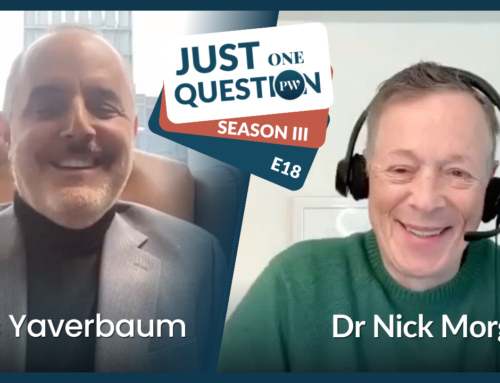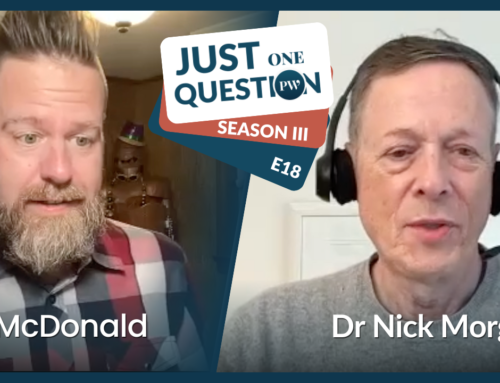I began this blog 15 years ago, with a post about the ancient Greeks and Romans – specifically about an amphitheater I had visited in Fiesole, a tiny town in the Tuscan hills of Italy which nonetheless supports some very respectable Roman ruins, including a substantial baths, Etruscan villas, and the aforesaid amphitheater. This summer, the stars aligned, and I found myself back there, finally able to travel once again, and just as enchanted with Tuscany and Fiesole as ever.
When I visited all those years ago, the theater was visible, but the excavation of the various ruins had hardly begun. Now the baths are ready for your visit, there’s lots of information to absorb about the Etruscans, and a summer festival crew was busy setting up the amphitheater for a Pink Floyd tribute band.
I’ve written more than fifteen hundred blog posts about everything from political speeches to the neuroscience of communication to how often Billie Eilish swears on stage. Those interested in the art and science of communication have had to cope with the Internet and social media, artificial intelligence, Wikipedia, and Google as sources for thought leadership, and rhetorical styles as disparate as those of Steve Jobs, Elon Musk, and Donald Trump.
It has been a wild ride.
So much has changed, and yet I’m struck by the few truths that have remained, and indeed that are more essential than ever. So here’s what I’ve learned in all that time, boiled down to as simple a communications broth as I can make it.
Storytelling is more important than ever. If you have any hope of getting the attention of the audience you want to reach, you have to tell them heartbreakingly beautiful and desperately compelling stories that they can’t stop listening to. That’s because there are so many demands on our attention, from information to social media to the golden era of television to sleep. To say that people are information-overloaded is scarcely to begin to describe the problem. To rise above all this noise you have to be a consummate storyteller.
We are moving from a print era to a video era. I have very mixed feelings about this trend, as a writer of a blog, hundreds of articles, and several books, but it’s a reality. I’m wielding a buggy whip, along with my other authors, trying to whip the reading horses into keeping up with video, but it’s a lost cause. Nowadays, it hasn’t happened unless someone caught it on camera. My complaint that video is a slower way to absorb knowledge than the written word is ultimately not enough to stop the moving picture juggernaut for any meaningful amount of time.
Technology will never completely replace human connection but get ready for more and more technology anyway. That will make human connection rarer – and more valued when it does happen. It started with ATMs, this idea that self-service and automation could replace face-to-face customer service. Now we order our own food, install our own routers, and even affix our own luggage tags. How much do you love Zoom? The real answer is that Zoom and all the rest of the self-service economy is more efficient for a lot of things, moments, and meetings – but it will never be as good as human connection. So we need to think clearly about what are the absolutely essential things for which we need face-to-face human interaction, and what is everything else. Everything else will be handled by your mobile phone, increased processing power, and a bot.
Finally, one of those absolutely essential face-to-face activities is top-notch public speaking. Invest in yourself if you are an executive, or part of a startup, or a thought leader, because you need to be good at those premium moments of face-to-face interaction. The rest we can capture in 1 to 2-minute videos.
The last fifteen years have indeed been a wild ride. The next fifteen will be even wilder. Buckle up, and let’s see how far we go.









Brilliant. As always.
Thanks, Mark! Good to hear from you!
Congratulations on your 15 year milestone! Fifteen hundred blogs is super impressive. A bottle of fine Brunello is certainly called for to celebrate!
Thanks, Tony — I’ve got just the bottle!
It has been a joy to be along for the wonderful advice. Keep up the great work!
Thanks for the comment!